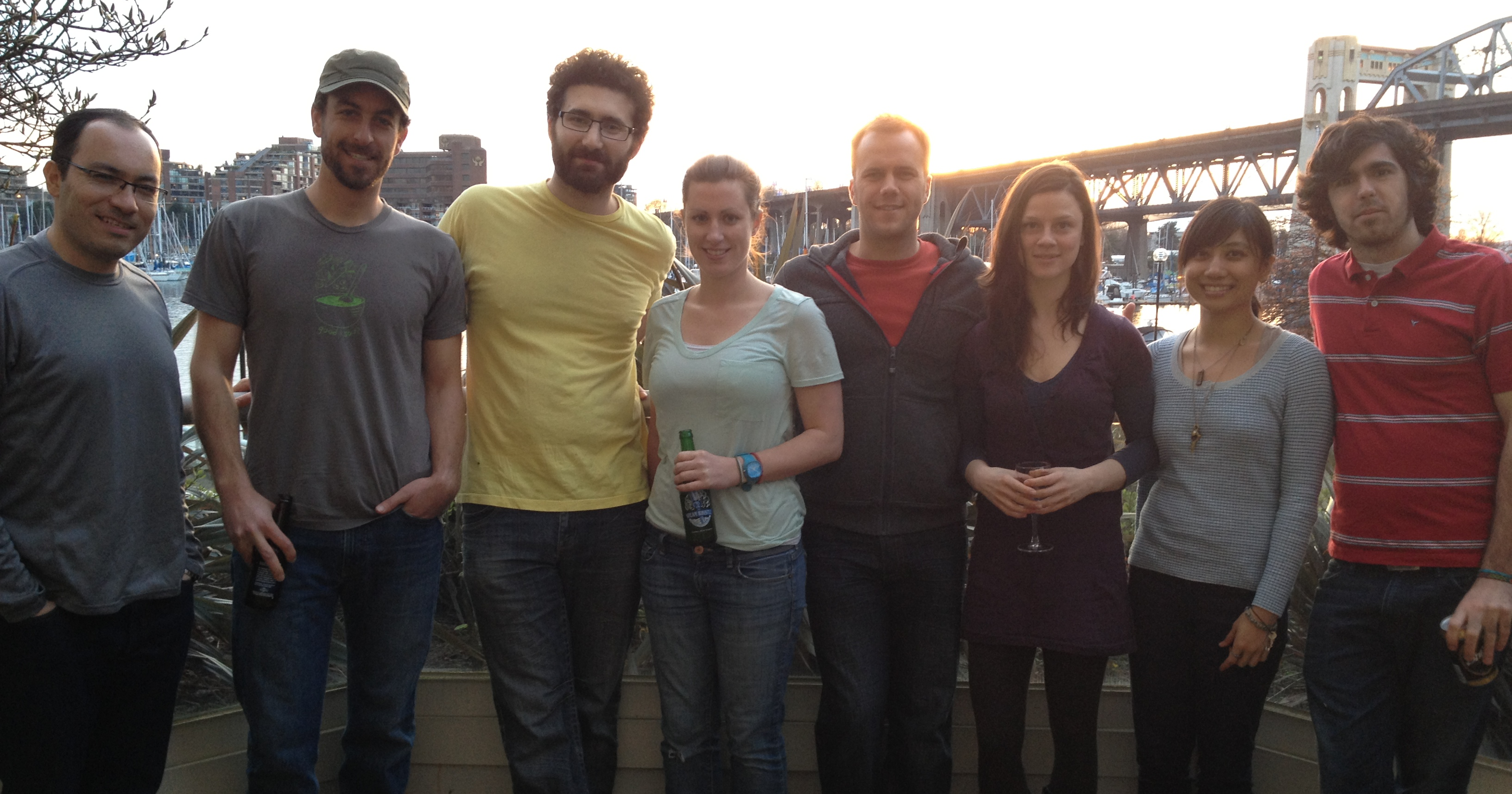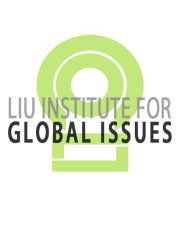The latest IDRN event was the screening of the documentary “Milking the Rhino” by David E. Simpson. The film and resulting conversation by attendees at the event captured interesting themes about the benefits, challenges, and ethical concerns involved in wildlife-human conflict, and the conservation approaches embraced by local communities to balance demands for wildlife conservation and human well-being.
Human-wildlife conflict has resulted in the extirpation and extinction of many species, and has been credited with the decline of large wildlife in Africa. Large wildlife, especially carnivores, are often seen as a threat to human safety and development. One potential solution is community based conservation, where local communities set aside land for wildlife and ecotourism. Africa, after all, does have an international advantage when it comes to wildlife tourism. “Milking the Rhino” recounts how conservation interests and human development goals for Kenya`s Maasai and Namibia`s Himba people are co-existing: make wildlife pay for people. These two people are some of the oldest cattle cultures on Earth, and have developed some animosity towards wildlife since colonialists displaced them from their lands to conserve wild game. The growing popularity of wildlife tourism, coinciding with the new land rights bestowed on indigenous people now allows these cultures to “milk” wildlife in a similar way that they milk cattle to promote their livelihoods. On its face, community based conservation is an amazing success story. Wildlife populations are increasing, and indigenous African communities are generating income to pay for schools, hospitals, and other community development. It also helps local people take control over local resources and break the historic chains of imperialism in Africa. But there still are issues to grapple with.
Kenyans and Namibian indigenous cultures have a strong basis in cattle herding, and the switch from managing cattle to catering to tourists is not always an easy transition. The value of the cattle herding is strongly held by some people in both countries. The reliance on wildlife tourism also sets up a fragile economy that is totally dependent on international travel. Situations like the recent political tension in Tanzania can stop the flow of tourists and the resulting flow of income. More insidious is what this effect has on the cultural development of the local people. When your livelihood depends on the happiness of other people, you do what you can to make sure they’re happy. You are a thrall to their pleasures. When tourists expect to see a certain ideal aboriginal way of life, there is pressure to conform to that view. When a paying foreigner want to see a society of “noble savages”, there is no immediate incentive to develop more modern conveniences and ways of life.
For societies that define themselves by their cultural traditions, any change will be met with some suspicion. As the effects of globalization increase in global influence, change will be inevitable. The challenge then, seems to be to meet the multiple values of people and minimize the harm caused in the process. Community based conservation has potential to do this, and the cases in Kenya and Namibia demonstrate some significant successes, but recognizing where hardships persist is needed for a nuanced understanding and appreciation for these inevitable changes.




I agree that communities sometimes tend to cater to the needs of the tourists, which could alter the way they evolve culturally.
For example, Vrindavan in U.P., India probably has the highest macaque-densities in an urban-setup, and, at times, they are a big-menace, but, they are fed by the tourists (some locals too?) as they are considered to be a part of Lord Hanuman’s army.